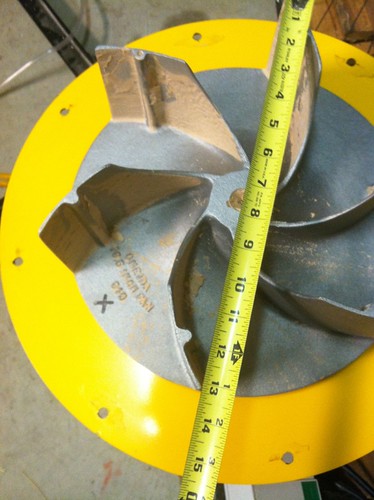David,
When I was looking for a cyclone I was disappointed that Oneida did not list specs on their fans. I ended up getting a deal that was just too good to pass up on a 2HP Super Dust Gorilla. I took pictures when I took it apart. The impeller is 13.5"x4":
Untitled by eyekode, on Flickr
Untitled by eyekode, on Flickr
I don't have all my duct up yet and most of my runs are short but I have been pleased with the dust collection and noise level. One of these days I would love to borrow a dylos and see how it really does. But I still wear a mask when using my TS and bandsaw because I don't have DC above the table yet. And no amount of suction from below will fix that.
Good luck guys!
Salem






 Reply With Quote
Reply With Quote

 .
.


